Taiwania cryptomerioides
salicaceae
11 years ago
Featured Answer
Sort by:Oldest
Comments (26)
ian_wa
11 years agoblue_yew
11 years agoRelated Professionals
Kyle Landscape Architects & Landscape Designers · Parole Landscape Architects & Landscape Designers · Burlington Landscape Contractors · Addison Landscape Contractors · Federal Way Landscape Contractors · Huntley Landscape Contractors · Lebanon Landscape Contractors · Lynwood Landscape Contractors · Mastic Beach Landscape Contractors · Wheat Ridge Landscape Contractors · Woodburn Landscape Contractors · Woodland Landscape Contractors · Kingsburg Landscape Contractors · Crowley Landscape Contractors · Baileys Crossroads Landscape Contractorsdavidrt28 (zone 7)
11 years agoMcpotts
11 years agonikkie_in_toronto
11 years agopineresin
11 years agodavidrt28 (zone 7)
11 years agoMcpotts
11 years agoblue_yew
11 years agoeric_9b
11 years agoconiferjoy
11 years agoian_wa
11 years agoMcpotts
11 years agoblue_yew
11 years agoconiferjoy
11 years agoscpalmnut
11 years agofairfield8619
11 years agoBaobab
11 years agodavidrt28 (zone 7)
11 years agodavidrt28 (zone 7)
11 years agoBaobab
11 years agodavidrt28 (zone 7)
11 years agoalfredo_rossi
6 years agodavidrt28 (zone 7)
6 years agolast modified: 6 years agopakersuga_z5b_z9a
6 years ago
Sponsored
More Discussions






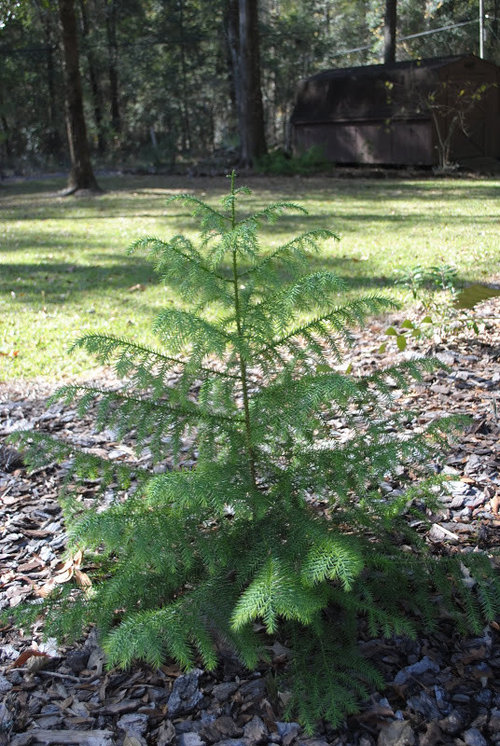
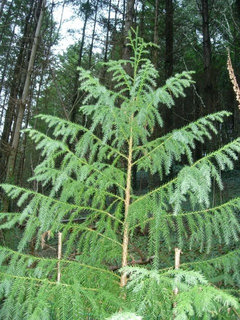
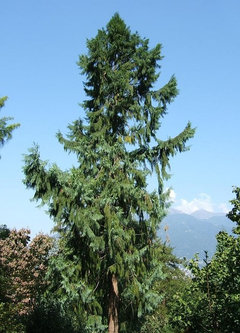
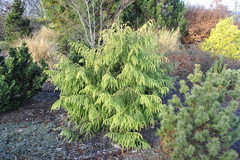
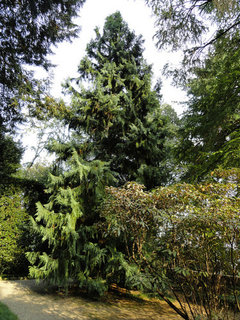
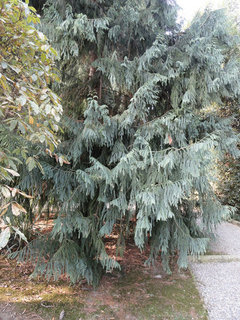
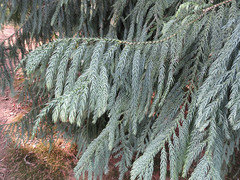
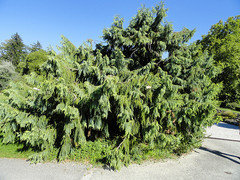




davidrt28 (zone 7)